
Courses
PhD in Astrophysics
Undergrad--Major
Undergrad--Non-major
Faculty and Research
Staff directory
Current Events
Sky Calendar
Seminars
Astronomy Faculty Directory
 Jack Baldwin
Jack Baldwin
Professor
Jack Baldwin's research centers on the use of emission lines to study the physical nature of active galaxies, such as quasars and Seyfert galaxies. This has led him to also study emission line objects in our own Galaxy, including the Orion Nebula and planetary nebulae, both to understand the nature of these very interesting objects and to calibrate the emission-line techniques on simpler, nearby objects before applying them to the much more complicated situation in active galaxies. He expects to use SOAR to study samples of the most distant quasars to see what they can tell us about the process of galaxy formation.
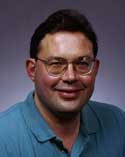 Timothy C. Beers
Timothy C. Beers
Professor
Timothy Beers is interested in the origins of the Milky Way. For the past 15 years, he has sought to identify tens of thousands of the oldest stars. Detailed studies of these stars with the high-resolution spectrograph of the SOAR telescope will reveal the "recipe of creation," the elemental abundances that were created by the first generations of explosive supernovae in the Galaxy. Some of the stars Beers identifies have detectable radioactive decay lines, such as Thorium, which are now being used to measure the age of the Universe. In this way, he is doing what he likes to call "cosmology with stars."
 Edward Brown
Edward Brown
Assistant Professor
Edward Brown is a theorist whose interests include accretion, astrophysical thermonuclear burning and compact objects. He has a joint appointment in the Astronomy Group and the NSCL and is a member of the Joint Institute for Nuclear Astrophysics. He has collaborated on several projects to study the densest matter in the observable universe, that found in neutron stars. Recent highlights include the first calculation of electron captures in the crust of an accreting neutron star using realistic nuclear physics input, a study of the "sinking" of heavy nuclei in the nuetron star's ocean, and modelling of the cooling of a heated neutron star crust. His group is also active in trying to understand how some white dwarf stars explode to produce type Ia supernovae. Their current work is directed towards understanding how the composition of the white dwarf progenitor affects the peak brightness of the explosion.
 Megan Donahue
Megan Donahue
Professor
Megan Donahue studies distant clusters of galaxies. Cluster evolution tells us much about the matter density of the universe, because the assembly and formation of these large structures are governed by gravitational physics. Donahue is interested in cluster evolution, not only in finding clusters but in HOW they're found, because any bias in HOW they are found can lead to a bias in our conclusions about them. She also studies the metallicity, distribution, and physics of intergalactic gas. Is this really where most of the baryons are hiding? This work includes models and observational tests of cooling flows in the gas within clusters. Strange things are afoot in cluster cores and she would like to sort it out.
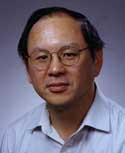 Edwin Loh
Edwin Loh
Associate Professor
Edwin Loh has pioneered a technique that allows astronomers to estimate redshifts of galaxies from detailed analysis of their colors. With an estimate of a galaxy's redshift, he can determine the distance to the galaxy. Counts of galaxies in distance intervals allow Loh to put tight limits on the density of mass in the Universe. If the density is low, the Universe will expand forever. A high density means that it will someday halt its general expansion and collapse. With the SOAR telescope, he will be able to obtain such data for hundreds of thousands of galaxies, from the relatively nearby to the most distant ones known.
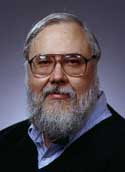 Horace Smith
Horace Smith
Professor
Horace Smith is one of the world's experts on the nature of the pulsating stars known as RR Lyraes and Cepheids. These stars, which can be more than five times the diameter of the Sun, can double their brightness on time scales of a few hours to a few days. The steady beats of these pulsating stars are like cosmic clocks, measuring the rate at which nuclear fuel is consumed in their cores. A connection exists between the pulsation period and the brightness of a star, so that detailed measurements of the period can give astronomers a means to estimate the distance to the galaxy in which the star lives. With the SOAR telescope, Smith will be able to study stars and stellar systems to distances in excess of a million light years from Earth.
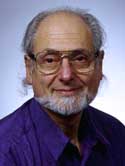 Robert Stein
Robert Stein
Professor
Robert Stein's research interests involve three-dimensional numerical simulations of convection in the Sun and in stars like the Sun. One of his research projects is to realistically model convection near the solar surface using supercomputers and massively parallel computers. These realistic simulations have been combined with helioseismology to probe the internal structure of the Sun. The alteration of the characteristic solar oscillation frequencies by convection is being studied, as is the role that entropy fluctuations play in driving the convection. Another project studies the dynamical nature of the solar chromosphere -- the region above the visible surface where many strong lines in the solar spectrum are produced.
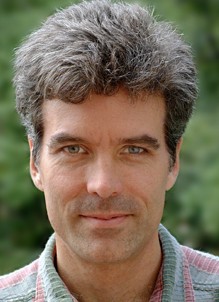 Mark Voit
Mark Voit
Professor
Mark Voit's research explores how the hydrogen and helium gas that pervaded the early universe becomes transformed into the stars and galaxies we see today. Gravity is the prime mover in this process of structure formation because it draws matter into increasingly larger structures as time passes, but as stars begin to form, feedback from supernovae and active galactic nuclei start to inhibit additional star formation, thereby regulating the development of galaxies. Voit is particularly interested in how these feedback mechanisms operate in groups and clusters of galaxies and in interpreting the signatures they enscribe on the hot plasma that fills these structures. He also studies how supermassive black holes and powerful bursts of star formation affect the galaxies that host them.
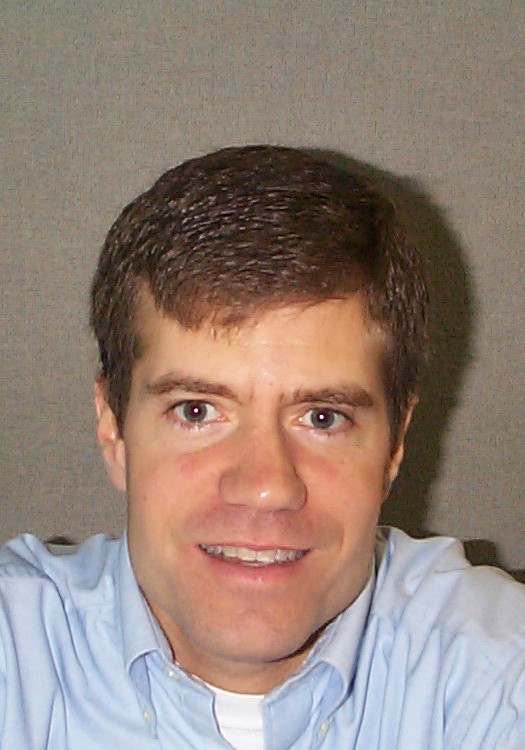 Steve Zepf
Steve Zepf
Professor
Steve Zepf's research focus is the formation and evolution of galaxies. One of the ways Zepf determines how galaxies form and evolve is to study their globular cluster systems, which provide important and observationally accessible evidence of the past history of star formation in galaxies. This is particularly important for elliptical galaxies, which are not forming stars now, but formed large numbers of stars some time in the past. Zepf is also engaged in direct searches for the distant high redshift starbursts that make elliptical galaxies, and for signatures of the growth of massive black holes that are found in these galaxies. Zepf uses data from ground-based facilities and space-based NASA missions (e.g. the Hubble Space Telescope and the Chandra X-ray observatory), and is looking forward to using the SOAR telescope to study how galaxies form and evolve.
Department of Physics and Astronomy
Michigan State University
East Lansing, MI, USA